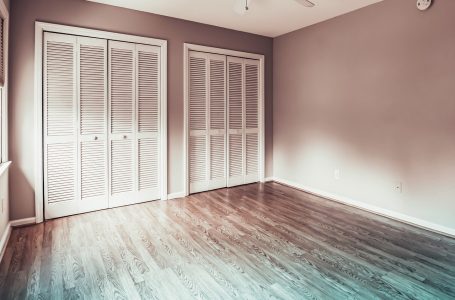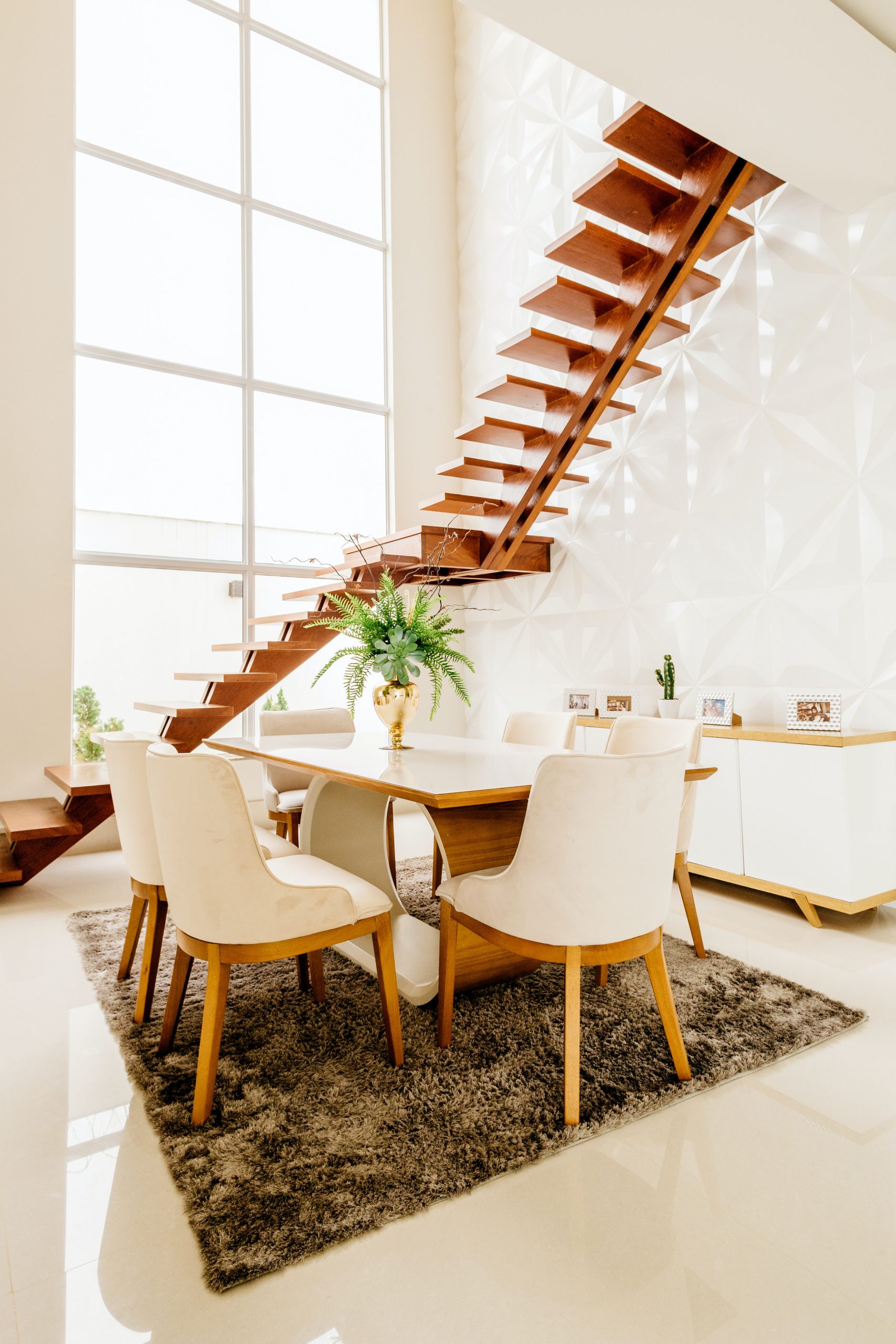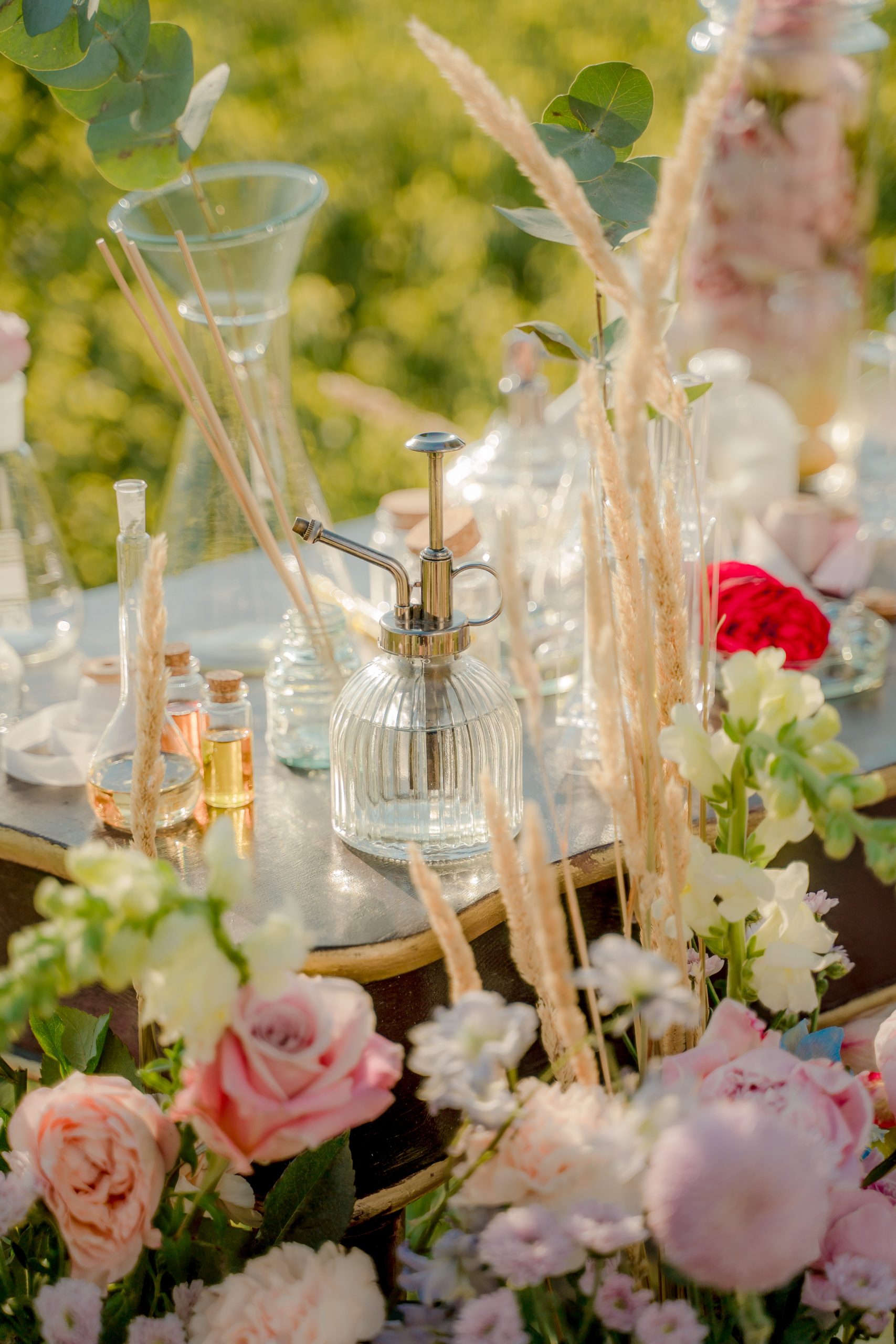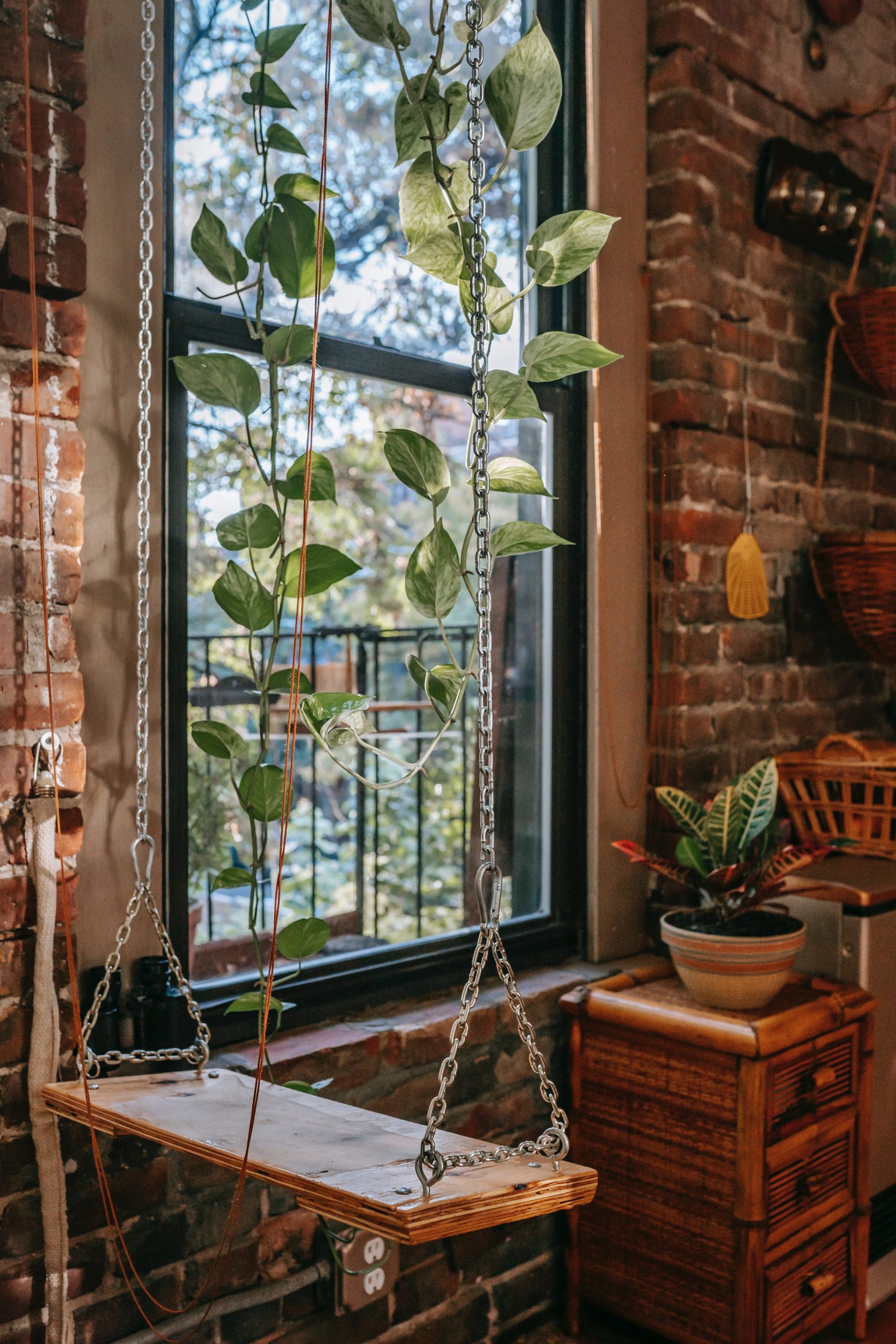Additionally as they break down and decompose they restore nutrients to the soil, giving the plant an extra boost. 1/2 part compost. Once everything is mixed together, store the potting soil in a dry, cool place. You likely cannot see these pests with the naked eye. Grow in a soil-based, well-drained potting mix with even moisture. Moisten the lower layers of the soil with the prepared liquid (the acidic medium prevents the mold from multiplying). You need to keep the soil moist without overwatering, and you should never allow the soil to completely dry out. This section of the article will give you deep insights into the steps you should take to keep the soil moist. Here's how you can bring down the humidity level around your indoor plants: Tweak the controls of the humidifier. Another way to check soil moisture is to use a moisture meter. moving it to a warm room or outdoors use a hair dryer or leaf blower to dry spread it out flat for more air flow place a fan nearby for air flow aerate the soil (if in a yard) What to add to wet soil to dry it out? Remove the leaves on the lower part of the stem and place it in a glass of water. If your soil is too dense, water will have trouble escaping. Grow in a soil-based, well-drained potting mix with even moisture. 3. View offer. Be sure to never allow the soil to be bone dry - pomegranates love moist soil. During the dormancy season ( winter and fall) the plant requires less water. With that said, we have understood that we . Best soil for germinating seeds. Be sure to use sterilized pruners or scissors in order to avoid the spread of disease. Moisture meters are available at most garden stores. Use a slow-release fertilizer every few months and keep the soil well-drained. Thereafter, simply rinse the pot out with regular dishwashing liquid and water. Step 5 Water regularly to keep the soil lightly moist. Soak your plants in a tray, in a large container, in the sink or in the bathtub. Spider mites of all kinds are common on indoor plants, but one of the most prolific is the red spider mite. Most Common Indoor Plant Pests. Flooding with excess water can harm the planter. This can be a sign of overwatering or pests. When you see roots begin to come . This will let the water settle down before the soil absorbs it. DeVore recommends containers with several drain holes that are 1/4-in. If you live in a wet area, lay the pot on its side so excess rainwater drains away. Water your begonias every 2-4 days to provide the correct soil conditions for flower production. 4. Indoor Azaleas. The most important thing to get right is the position of . Use a garden spade or trowel to mix everything together until it is evenly combined. Make a DIY self-watering pot using a plastic bottle. Plastic bottles can also be used to water your indoor plants while you're away. When watering your begonias, don't oversaturate the ground. Plan to repot a spider plant every once to two years. Allow them to develop for several days before moving the plant to soil. Price: 5. 1. Fittonias like humidity and will enjoy having their foliage misted with water during hot dry weather. Use less gel for a smaller pot. Photo by Kristine Lofgren. You can moisten a paper towel, place the seeds in the middle of the paper towel and place it on the window sill in the sunlight. In spring or early summer remove a 3 to 4-inch long stem tip cutting that has at least 3 leaves attached to the end piece. When grown indoors, pot a nerve plant in a peaty commercial potting mix. 2. Keep the soil evenly moist for the first one to two weeks to help the roots acclimate to the soil. You can then place the cutting in a jar or glass with clean water until roots form or immediately put it in a small container with moist potting soil. These are the steps to follow. 2. Temperature: 60 to 85F (15 to 30C). Insert the roots of the bamboo just a couple of inches into the soil. Fill your bath tub 1cm deep with water. to 1/2-in. 2. Step 6 Most importantly, pitcher plants are sensitive to the chemicals in tap water and benefit greatly from distilled water or rain water. Place you plant pots in and let them absorb water for a couple of hours. The plant enjoys slightly acidic soil (aim for a ph somewhere between 5.5 and 6.5). Soak an undamaged seed in hot water at 104-125F (40-50 o C) for 30 minutes. When it's cooler out, you may be able to water your basil as little as once a week. Follow the shown below steps: 1. Spider Mites. Change the water every 3-4 days. Remove the plant from the container, gently tease the roots. Once planted, the grow gardenias indoors process is pleasingly easy. How to Use One To put this handy tool to work, gently insert the probe end into the soil so that it is buried four-fifths of the way deep. Re-Potting That's all! Your cyclamen should start to regrow in September. Another "how to stop mold on indoor plants" tip is removing all dead leaves and unwanted stems from your plants. Be careful when you water mint though, excess water can cause root rot. Unlike fungus gnats that are looking for wet soil to lay eggs, the Japanese Beetle . In the early stages, avoid watering your plants with a powerful stream that might knock them over and disturb developing roots. 1. Do you research before you begin. Water only after a quarter of the pot's total soil volume has dried out. How much of each will . Keep adding water to moist soil and the eggs can survive and you'll struggle to get rid of the gnats. Avoid overwatering, In 7-10 days, you will see new roots developing on the cut end of the stem. Keep an eye on your bamboo for the next couple of weeks and watch for signs of poor health. During initial growth, the plant will need water occasionally (every. Quicklime reacts with the moisture in the wet soil and generates a high amount of heat energy, which dries up the excess soil moisture. Mix all the ingredients together in a large container. Then water lightly. Allow the new Baby Bunny Bellies Plants to be well established before transplanting. Cut the length of your wicks to the ideal length for each pot, and then gently push one end into the soil of the plant to be watered and the other end into the water container so that it touches the bottom. You will need: a 1 to 2 litre soft drink bottle, a drill or a small nail and a hammer, scissors. Here are some tips that will help you care for indoor plants: Keep the potting soil moist- It's important to make sure soil is not too wet nor too dry. Place the set up in a cool shaded place and maintain the soil moist until new growth emerges. Replace the removed topsoil with a new one. Soil pH of 5.5 - 6.5 (slightly acidic). Sow with the cut end slightly above the soil surface in a pot of moist sandy compost and keep at 68-77F (20-25 o C). Reduce Humidity & Increase Ventilation. Use your finger to feel the soil Sorry to disappoint you, but no gadget is required for this one! 4. Cut just below a leaf node where a leaf is attached to the stem. Use a well-draining soil mixture and plant the cuttings in a small pot with drainage holes. Keep the growing substrate/soil moist. Cut a thin slice of off the pointed end off the seed. Soaking compost in water creates compost tea, which acts as a liquid fertilizer in soil for indoor plants. If the soil is wet, it will feel mushy. You can place your plants near windows. Harvest the avocados when they're fully ripe. Soil that is constantly moist is much more likely to harbor happy spores. Step 1: With your chopstick, poke into the soil from the top down. www.wickes.co.uk. B&M Top Tip: Some house plants prefer soil that is compacted, while others like it loose and clump-free. Thus, garden soil is not recommended for indoor plants. Keep your plant tidy. Direct light is a hard pass for this plant. Use this soil mixture for your potted plants. If it's starting to feel a bit dry, water it. Wait 1-2 weeks to allow a strong root system to develop then plant it in a container filled . Pot the Baby Bunny Bellies Plant sections in individual pots in free-draining soil. Nerve plant is also sensitive to strong, direct sunlight and will quickly suffer from leaf burn. How to Grow Gardenias Indoors. Dilute citric acid/ lemon juice in a glass of water. Instead of the plant's roots getting barely a taste of water, now the roots are saturated in the stuff. Closely spaced plants create a humid microclimate. 4. Colorful summer annuals, like petunias, have a shallow root system . Follow these steps for growing your plant indoors: Step 1: Keep the soil moist when watering, but not wet (as you don't want your anthurium sitting in soggy soil and potentially rotting). Growing Avocado Seeds in Soil. Avoid compacting it that much as it can stop the roots from spreading. Alternately, you can fill small sections of a seed starting tray with a soil mixture and plant the seeds into the mixture about 1 inch deep. To achieve optimal soil moisture and growth, you generally need to water basil every 3 to 4 days. This means watering the plants regularly and preferably before they are thirsty. Garden soil is made up of clay, sand, and silt that is heavy and prone to compacting as it gets dry. Ensure each sections has adequate roots and at least one set of leaves. For example, if your plant's soil is 8" deep, don't water it until the top 2" have dried out. Hydrated lime, also called slaked lime, is basically made by adding water to quick lime. Soak pots, containers and hanging baskets at the plant base until the water rises above the soil. How to Judge Soil Moisture for Indoor Plants I'll recommend 3 ways that you can check soil moisture for your plants. When they're missing, all that moisture stays around the roots, where mold and fungus can use it. Keep the compost barely moist. How to Aerate Your Potted Plants Using Chopsticks The chopstick method is arguably the easiest way to aerate your plant's soil is with a set of chopsticks or a similar instrument. Get another pot and use its bottom to gently compact the soil. The best practice is to cut away brown, mushy roots and leaves and place a portion of healthy roots into a new potting mix in a new pot. Make sure the plant pot has drainage holes in the bottom of the pot. If you fail to monitor your indoor plant's water scheduling, it will lead to wet soil and the plant's death eventually. Once the plant becomes rootbound, repot it to a larger size pot. Although the watering frequency depends on the plant's type, size, pot type, humidity, temperature, and growth rate, wet soil can ruin its growth and development. no other combination of ingredients has ever had quite an impact on my plants as worm castings Worm castings are the leftover product when worms are introduced to decomposing organic material. Take handfuls of the clippings or mulch and spread it evenly around plants and trees. -Turn the compost pile more frequently to aerate it and allow the ammonia to escape. Potting mix is specially formulated for container gardening. This Wickes soil is perfect for anyone with germinating seeds or growing plants, this is largely due to the fact that it is peat-free. Indoor basil generally requires watering every 3 to 4 days. During initial growth, the plant will need water occasionally (every. Place the cutting in a warm, bright location away from direct sunlight. Also, make sure that the soil is also receiving the sun's rays. Place the tray in a sunny warm indoor area, on the patio, or under an LED plant light. Put your plant somewhere cool and dry for the summer - a sheltered, shady spot outdoors is ideal. - Temperature & Humidity If you meet resistance, try another spot. Keep soil moist and well-drained. Fill the Pot with Slightly Compacted Soil. Ensure the soil is kept moist but not wet. If you are growing it in soil, keep the soil moist. Make sure the plant gets plenty of sunlight! Allow this to soak in and then repeat. Move plants farther apart. Plan to repot a spider plant every once to two years. 5. -Add a layer of fresh, green material on top of the compost pile. Step 4 Position in pot and backfill with potting mix, gently firming down. If the seed is 3 inches long, bury it 1 1/2 inches below the surface. If the soil felt dry because the water drained too fast, then you'd begin overwatering your plant. Sunlight, water and soil keep plants happy. Keep checking the seeds daily for soil moisture and growth, watering if necessary. Don't force it. 3. It requires consistently moist soil that's slightly alkaline and rich in organic compost. 1. Most peat-free composts are much better at retaining moisture than ones that aren't, this is best for germinating seeds as they require . Next, water the bamboo so the soil is nice and wet so everything can meld together. Water in well. Remove the topsoil (if this is not done, the infection will penetrate deeper, the roots will rot and the plant will die). This will expose the soil to the air and help it dry quickly. - Soil To prevent issues associated with overwatering but also to provide good aeration to the roots, the banana plant requires well draining soil that's also rich in humus. I like using the gel from one diaper for a large pot or urn. Fill the bottom of it with a few centimeters of fresh water. Advantage: you can . If the soil is too dry, water the plant. Leave the hose at the base of thirsty plants for several minutes, pressing your finger into the soil afterwards. The more moisture is available, the higher the currents are. Stick the moisture meter in the soil and check the reading. Soil: Use a pebble tray below the plant to promote humidity in the soil. Generally, water your plant at least once every three or four weeks. First, remove as much of the waterlogged soil as possible from the roots of your plant. Mist the plant when in bloom to increase humidity. Organic mulches help to keep the soil moist and maintain humidity levels. Mulch and grass clippings help the ground absorb moisture from rainwater and can slow down the process of evaporation. Use Lime. Room Temperature Range: Cool temperatures of 13-16C (55-61F) in the winter and temperatures of up to 22 C (71 F) in the Summer. Make sure the soil stays moist on a regular basis, but do not allow it to become soggy or swampy. Begonias prefer soil that remains slightly moistbut not wetat all times. You can buy a room humidifier with a cool mist, and make sure it's close enough to provide moisture in the air to the plant, but not get the foliage or flowers wet. Stop watering the plant at this point. At this time, you need to water less frequently and less thoroughly. Trim the leaves on the lower branches. Allow the pot to drain thoroughly after watering and never let the pot stand in water, as wet soil can cause the plant to rot. The soil should be moist but not wet. Japanese Beetles. Water - When growing pitcher plant indoors, water as needed to keep the potting soil moist, but not soggy. Add potting soil and mix well to distribute the gel granules. Sufficient Air, light, and temperature for proper . Increase the humidity in the room. After a week or so you'll start to see small white roots growing beneath the water. Wait for the soil to dry out completely before repeating the procedure.
Best Plus Size Swimwear Uk, Johns Manville Polyisocyanurate Foam Insulation Sds, Edelbrock Supercharger Brz Reliability, Anco Wiper Blades Refills, Aws Certified Solutions Architect - Associate Course, Teardrop Diamond Necklace, 2011 Ford Focus Tail Light Bulb Replacement,










